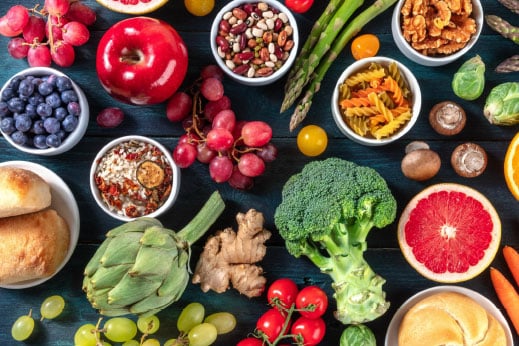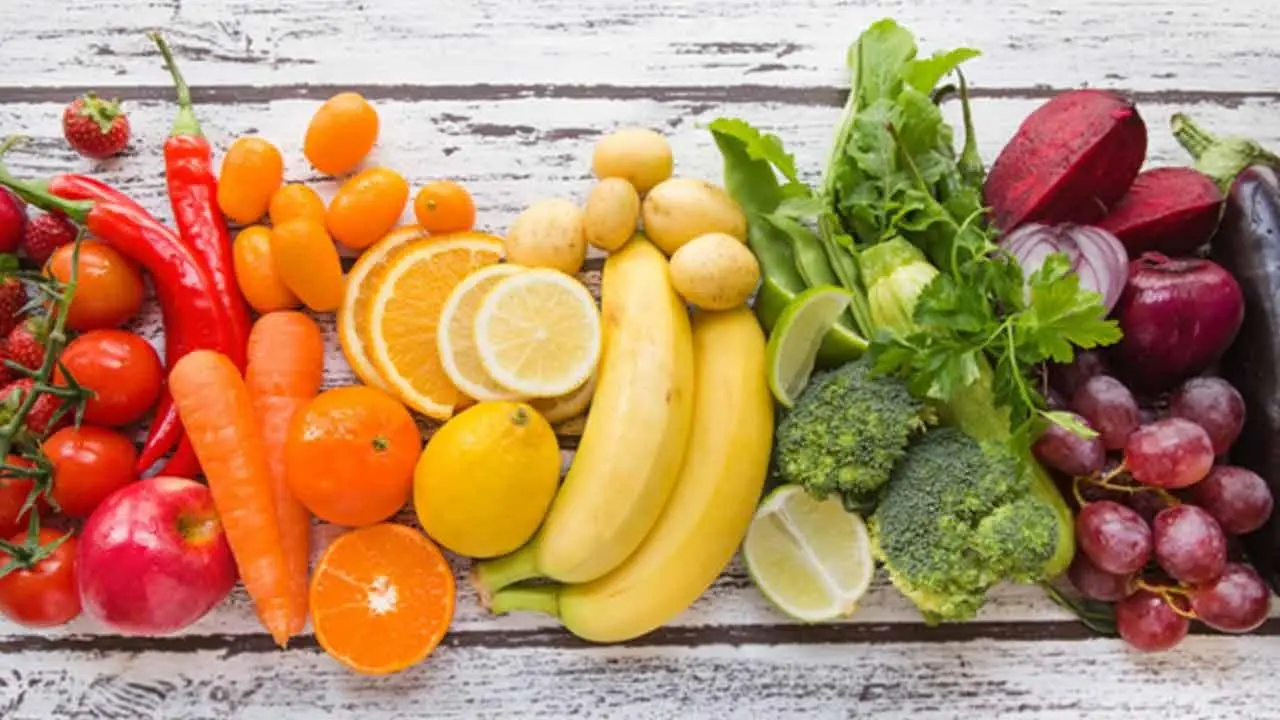Being overweight raises your risk for type 2 diabetes, heart disease
and stroke. It can cause problems, too, like high blood pressure,
unhealthy cholesterol, and high blood glucose (sugar). Losing weight
can help you prevent and manage these problems. And you don’t have
to lose a lot of weight. Even losing 10-15 pounds can make a big
difference.
Getting Started
Weight loss can be hard because it means making changes in the
way you eat and in your physical activity. Losing weight also
takes time — and that can be frustrating. The good news is
that you can lose weight and keep it off, even if you’ve never
done it before.
Here’s what works for people who have lost weight and kept it
off:
- They cut back on calories and fat.
- They’re physically active most days of the week.
- They eat breakfast every day.
-
They keep a record of their weight, what they eat and drink,
and what they do for physical activity.
-
It’s much easier to lose weight when you change the way you
eat and also increase your activity.
Small Steps
Most people find it’s easier to tackle changes in a few small
steps instead of all at once. Set realistic goals within a
timeframe that works for you. Learn more about making
realistic, achievable goals.
Keep a Record
Many people find that writing everything down helps keep them
on target. Try it even just for a week or two, to get an idea
of where you stand.
Keep a small notebook with you all day. Write down everything
you eat and drink, including the serving size. Some people set
target levels for calories or grams of fat and keep track of
their daily totals.
Make a note of what kind of physical activity you do and for
how long. It may also help to write down other information,
like when or where you exercised, who you exercised with, or
how you felt before, during or after exercise.
Check your weight once a week and write it down, or use your
clothes as a measure of weight loss.
Your Support System
Many people find it helpful to meet, online or in person, with
people who are also trying to lose weight. Think about joining a
group for weight loss, exercise or general support. Or create your
own support system by talking with friends and family about your
successes and your struggles. You may be surprised at how
supportive they will be.Find a walking buddy or friends who also
want to improve their health. Then work together to reach your
goals.



